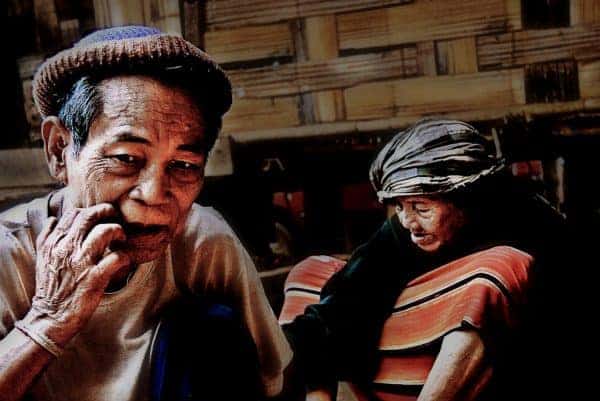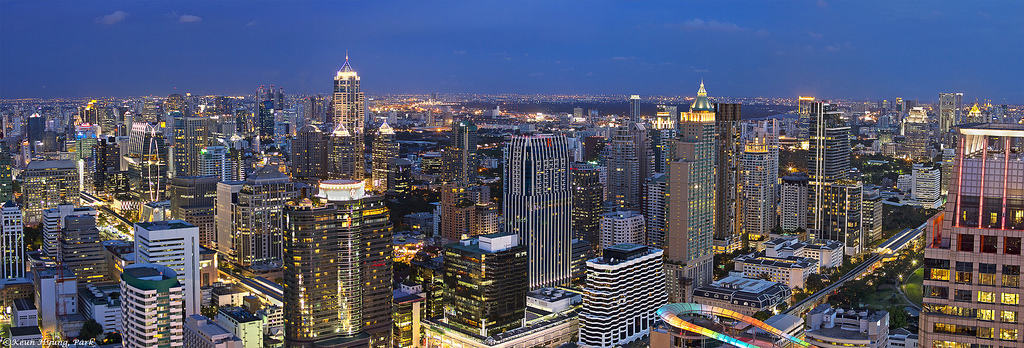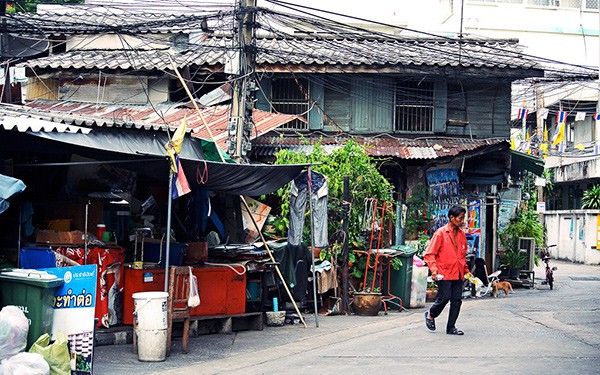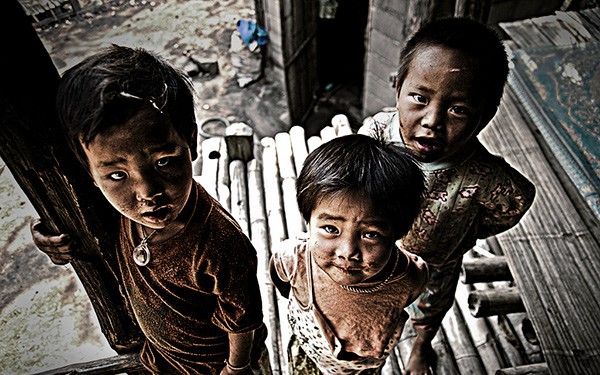It’s easy for the first-time visitor to Thailand – and perhaps particularly one new to Asia as a whole – to see the country as relatively homogenous.
They might not choose to admit it for fear of coming across as bigoted but, to someone who has never left Europe or North America, Thais just look like Thais, right?
In fact I remember some years back, as something more of a fresh-faced traveller than I could claim to be these days, quietly mocking as misguided the opines of a decades-old, much-thumbed paperback on Thai culture and history that I found on the shelves of a favourite café-cum-guest-house-cum-boutique in small-town Sangkhlaburi, just shy of the Burmese border. It claimed that Thailand was anything but a homogenous nation.
I realise today though, that it was in fact my own conceptions of this country’s ethnic and cultural make-up that were misguided and, dare I say it, naïve.
As I’ve got to know Thailand better, I have come to appreciate that it is a multi-faceted country with numerous layers to its composition – ironic considering the supposedly unifying concept of ‘Thainess’ that’s so often touted by nationalists and others.

Villagers in Pai (By A. Strakey: CC BY-ND 2.0 licence)
Ethnic Thais in Bangkok, ethnic Laotians in the northeastern region of Isaan, Chinese-descended Thais, northern Thais, southern Thais, Thais of Indian descent, Buddhist Thais, Muslim Thais, Thais of other religious faiths – all have different cultural backgrounds and customs, however subtle those differences might be in some instances.
Needless to say, that list is far from exhaustive, just as it would be in any other culturally diverse country – because, while Thailand may often be cast as being unique from its neighbours and other nations because it is homogenous (unified rather than diverse, if you will), the truth is far different.
In fact, if that same first-time visitor has his or her eyes open, then it only takes your average whistle-stop tour of the country – from Bangkok’s shopping malls, markets and temples, to the mountains of Chiang Mai, and perhaps taking in the rural, more traditional lifestyles of Isaan, before heading to the coconut-tree-lined shores of the south – to see the whole array of different people, and their different cultures and ways of living, that make up the tapestry that is Thailand.
I’ve long been fascinated by the disparities between different cultures in Thailand, which can vary to the extent that – despite coexisting within the same country – they are almost totally unique from one another.
Watching television documentaries on the lives of rural Thais and specific ethnic groups has left me struck by the fact that, far from being of interest and genuine intrigue only to the likes of me as a true outsider, these sorts of programmes offer real insight to other Thais – be they affluent Bangkokians or less well-to-do upcountry folk – who are often otherwise none the wiser about the intricacies of their fellow compatriots’ customs and ways of living.

Bangkok from above… (by Park Keun Hyung: CC BY-ND 2.0 licence)
The recent screening of a soap opera – conducted in the Laotian-influenced dialect of the Isaan region, and with subtitles in the everyday central Thai dialect – brought me to a similar realisation. I’m told that it’s not the first time such a programme has been broadcast.
While Thailand certainly isn’t the only country to have regional dialects, that kind of phenomenon seems a particular oddity when coming from the UK, where there are numerous widely used regional accents and dialects, but none of them so indistinguishable to outsiders (at least not nowadays) that a TV programme would need subtitles to make its content intelligible to a wider audience.
(The one exception that springs to mind is a British documentary from a few years back on the work and life of fishermen in the far Scottish highlands, whose accents were so thick that subtitles were used – a decision against which, if I recall correctly, there was a particularly disapproving public reaction.)
And Jody Houton’s book, A Geek In Thailand – an encyclopaedia of the some of the more bizarre aspects of life in Thailand, all from the revealing perspective of a foreigner – draws focus to another notable area (one that admittedly doesn’t escape many people’s notice) where there’s a gaping chasm between different groups in Thai society: wealth.
In many ways, even this is connected to the existence of numerous diverse cultural groups across Thailand – the moneyed, educated and privileged elite in Bangkok being just one such group, as far removed from the rest as they are from each other.

And Bangkok from below… (By m-louis .®: CC BY-SA 2.0 licence)
Houton eloquently makes the point that “the life of a Bangkok-dwelling city slicker is so far removed and so different from that of a rural farmer, or somebody in the service industry, that they might as well be from a completely different country.”
“Life begins, ends and revolves around the capital,” he adds, and “they drive expensive foreign air-conditioned cars or travel in air-conditioned subways, shop in air-conditioned shopping malls and eat in air-conditioned restaurants.”
Those harking after the ‘good old days’ might argue that this Bangkokian minority represents all that’s wrong with the country’s moves towards greater westernisation.
Yet the truth is that they remain just that – a minority, and a tiny one at that – and the rest of the country isn’t gaining the same kind of wealth or lifestyle with any great haste.
And that, of course, is all the better for more people watching on this grand scale.
Featured image is by Irfaan Photography (CC BY 2.0 licence)


